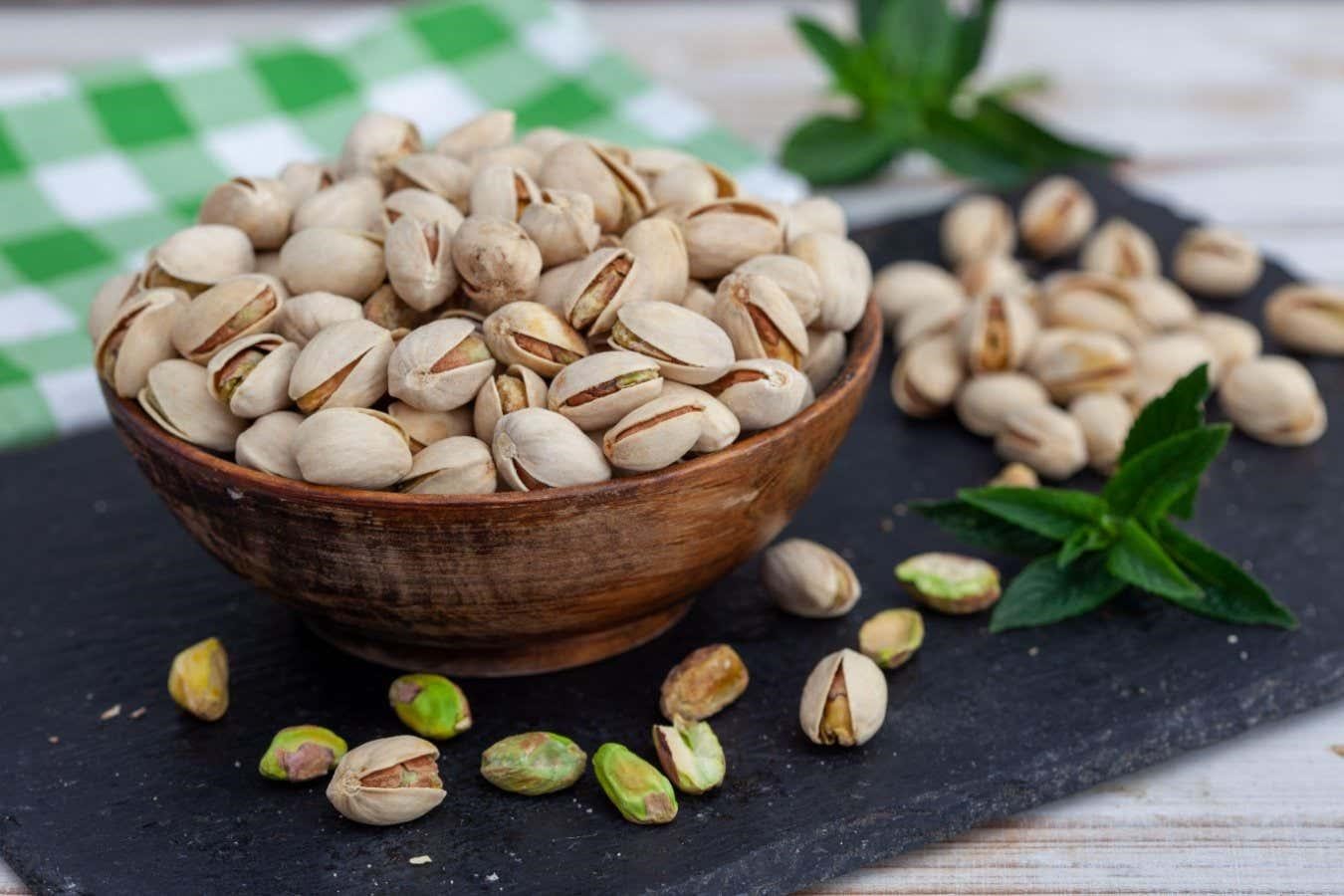A simple experiment and mathematical model suggest that when you snack on pistachios, you may need a surprisingly large bowl to accommodate the discarded shells.
Shelling your favourite snack nuts just got a lot easier: physicists have worked out the exact size of bowl to best fit discarded pistachio shells.
Ruben Zakine and Michael Benzaquen at École Polytechnique in Paris often find themselves discussing science in the cafeteria while eating pistachios. Naturally, they began wondering about the mathematics behind storing their snack refuse.
The researchers stuffed 613 pistachios into a cylindrical container to determine “packing density”, or the fraction of space taken up by whole nuts in their shells. Separately, they measured the packing density of the shells alone. In one experiment setup, the researchers poured the shells into a container and let them fall as they may, and in another they shook them into a denser, more efficient configuration.
Without shaking, the shells had about 73 per cent of the original packing density. Shaking decreased this number to 57 per cent. This suggests that, with any pistachio container, an additional half-sized container will hold shell refuse as long you occasionally shake the container while eating.
Zakine and Benzaquen backed up their findings by modelling pistachios as ellipsoids – three-dimensional shapes resembling squashed spheres – and their shells as hollow half-spheres and calculated their packing densities based on mathematical rules. These results confirmed the real-life experiments and suggested that the same ratios would work for other container shapes.
Despite these similarities, the researchers found about a 10 per cent discrepancy between the calculations and the real-life measurements. Zakine says that this is not surprising because pistachios are not perfect ellipsoids and have natural variations in shape. More broadly, it is tricky to calculate how best to pack objects into containers. So far, mathematics researchers have only had luck with doing calculations for spheres, like marbles, and uniform shapes like M&M’s, he says.
Going forward, the researchers want to run more complex calculations on a computer. But for now, they are looking forward to fielding mathematical questions whenever they serve pistachios at dinner parties.
For more such insights, log into www.international-maths-challenge.com.
*Credit for article given to Karmela Padavic-Callaghan*


